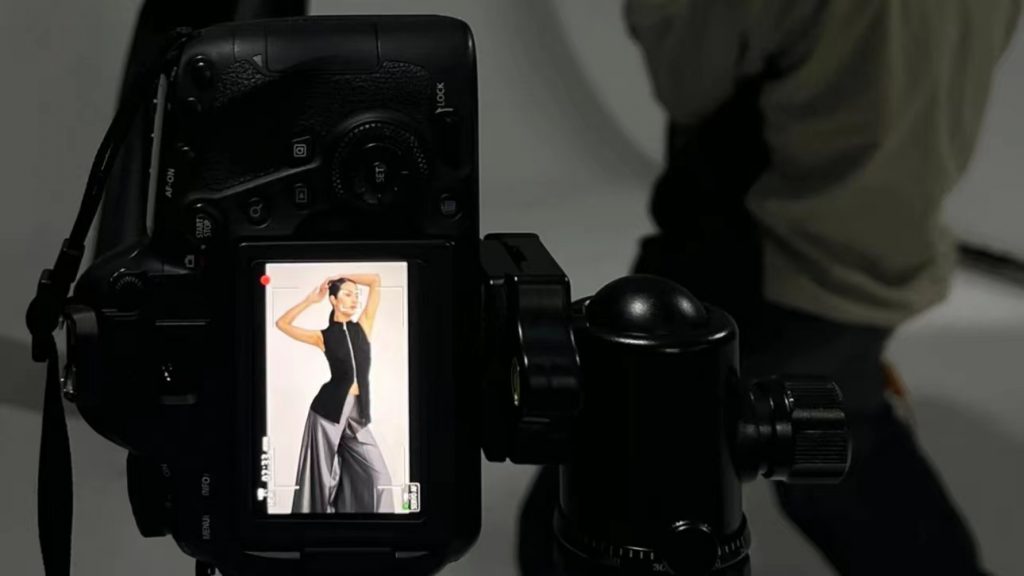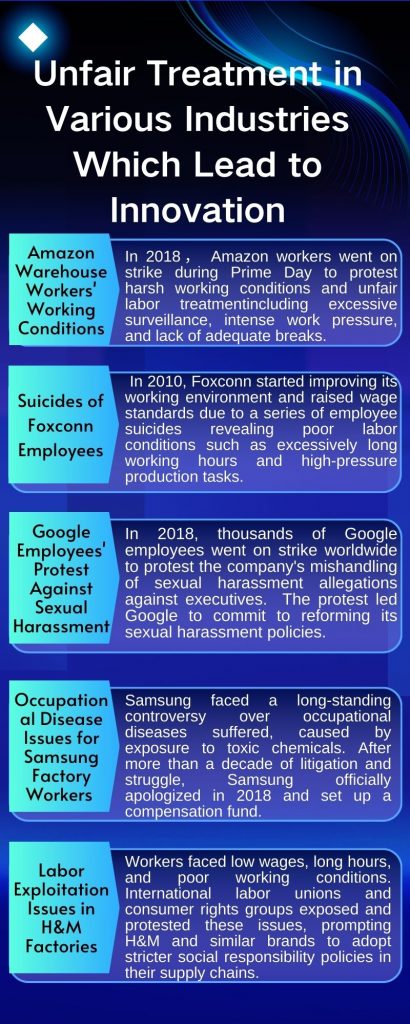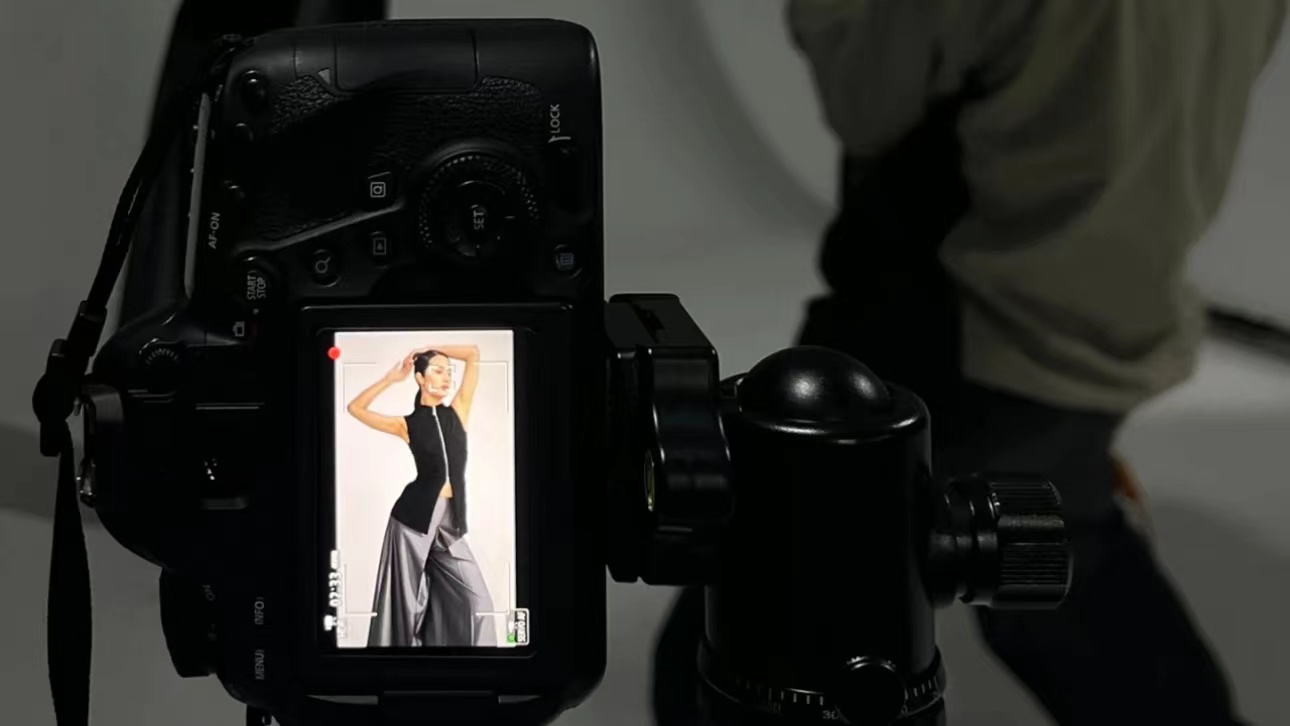Live streaming looks like a glamorous way to escape the 9-5 pressures of working life in China, but just how challenging is life as a live streamer?

Penny adjusted her headset and glanced at the clock. It was 8 p.m., her prime time for streaming. Taking a deep breath, she clicked the “Start Live” button and greeted her growing audience with a warm smile: “Good evening, everyone! I’m Penny, and welcome back to my channel!”
Penny Fang is a popular live-streaming host. In the bustling world of live commerce, Penny is one of the many young people chasing for the new career paths. However, tonight, as soon as the stream began, Penny’s equipment malfunctioned, causing the screen to go black. She hurriedly tried to fix the issue.
“The feedback from the audience directly affects my income, and tonight’s technical problem made me miss the best timing for my stream, which caused my viewers to drop by threefold,” Penny explained.

Unlike traditional jobs, live streaming involves creating real-time content on platforms such as, Chinese version Tiktok, Taobao, or other social media outlets, where hosts interact with their audience in real-time.
This interaction of live streaming can include showcasing products, simply chatting with viewers, or various other activities. “Imagine, with just a smartphone and a stable internet connection, you can show your talents, share your life, or promote products to thousands,” Penny described.
The market revenue for China’s online performance (live streaming) industry reached £23.2 billion in 2023 according to the “2023-2024 China Online Performance (Live Streaming) Industry Development Report” released by the China Performance Industry Association (CPAIA).
In terms of income, data from the BOSS Zhipin Research Institute shows that in the first half of 2020, top streamers earned an average monthly salary of £1,200, although this was a drop of nearly £500 compared to the previous year. Despite the decrease, this average salary remains high within the industry.
Beyond the considerable earnings, the working hours in live streaming are also appealing. “I only need to work four hours a day, and I love my job. It’s indeed made me quite a bit of money,” Penny said.
However, the income gap in this field is severe. There still are 71% of streamers earn less than £1,000 a month, and working 10-12 hours a day is the normal days. “But I haven’t taken a day off for almost 20 days. To keep my streams popular, I have to keep on working,” Penny added. “But the uncertainty of being a streamer sometimes overwhelms me.”

The world of live streaming is constantly changing, and every viewer who joins or leaves can significantly impact the stream. When the on-screen viewer number suddenly dropped, Penny’s smile froze. She felt anxious. She knew that she needed to quickly adjust her strategy.
She began to doubt whether the topic she had just discussed was not engaging enough. Or perhaps a competitor’s stream offered more attractive discounts? Or was it a technical issue that affected the viewing experience? These momentary fluctuations demand constant vigilance and quick thinking.
Penny quickly regained her emotion and decided to change her approach. She immediately switched to a popular product, knowing that its appeal could grab the audience’s attention. “Now, let’s take a look at this special skincare product. It’s one of my personal favorites, and it’s available at a special discount today!”she chirped.
She skilfully presented the product, describing its benefits and how to use it in details, all the while interacting with the audience, answering their questions, and sharing her personal experiences. The strategy worked, the viewer count began to rise, and the comments section became lively again. Penny knew she had successfully turned the situation around.
Every live stream is a psychological battle, where success and failure often depend on the audience’s reactions. “The goal of live streaming is to attract viewers and build a loyal fan base, which can be translated into substantial income through ads, sponsorships, and viewer tips,” Penny explained.
Penny is well aware of the hardships behind the glamour of the live streaming industry. “In the beginning, streamers face the challenge of having no followers or income, which can make life tough,” she noted. This is not just Penny’s personal experience but a problem faced by the entire industry.
Streamers must also meet sales targets set by their companies, which are often difficult to achieve. Live streams are competing against thousands of live streams every hour of every day.
Penny’s company requires her to generate at least £1,500 in sales per stream to meet expectations. “The pressure is immense,” she said. “Some months, especially when audience engagement is low, hitting this target is nearly impossible. And during sales holiday promotions, the target can increase ten times.”
In the live streaming industry, sales targets are a key measure of success. Kevin Li, a clothing sales streamer, mentioned, “The company sets very high sales targets each month. Once, we were required to sell over 10,000 products in just one hour of streaming.”
However, live streaming is unpredictable. He continued to explain how audience numbers affect sales: “On regular days, our audiences are not too many. If there’s no audience, it means no orders, and I can’t reach my target.”
Kevin Li knows that the success of each live stream depends not only on audience feedback but also directly on sales performance. “The company ties our bonuses to sales revenue,” he explained.
This selling performance-driven work environment makes the preparation for each stream extremely stressful and demanding. “Otherwise,” he continued, “we might lose our bonuses or even see a reduction in income.”

There will also be an invisible competition between the live streamers, which can only improve their performance and bandwagon. Kevin said, “Because the unchanging live streaming content will also make the viewers fatigued, and we have to attract more viewers to get better data.”
As the market becomes saturated and viewers’ tastes become more refined, streamers must work harder to attract and retain the audience’s interest according to the “China Live E-commerce Industry Development Report”. “The tastes of the audience change rapidly, making it difficult to keep up,” Kevin said.
Niki Xu, a novice streamer, has failed to meet her company’s sales targets for four months. Initially, Niki was full of excitement about live streaming, believing it to be a great platform to present herself and create wealth.
However, the reality of becoming a streamer was not as easy as it seemed. Despite using all the product presentation techniques she had learned and trying hard to engage her audience.
The results were still unsatisfactory, and her nightly sales remained low. “Every night after the stream ends, I fall into deep self-doubt, wondering if I’m not working hard enough. Or maybe I’m not pretty enough?” Niki wondered.
Beauty standards are also an issue that cannot be ignored in the live streaming industry. In psychology, appearance anxiety is often discussed alongside body monitoring. “Sometimes, I feel really uneasy because I have to worry about how I look every single day,” Niki said.
Due to the visual nature of live streaming, streamers often spend a lot of time and effort on their appearance. “On camera, you have to look perfect, or else the viewers might lose interest,” said Mina Peng.
Mina, a streamer with 10,000 followers. She not only needs to showcase her outfits during the live stream but also frequently shares photos on her social media accounts to attract followers.
Mina has to spend hours every day on makeup, clothing, and background setup. “The camera magnifies every flaw. If my makeup isn’t perfect, or if I gain even a little weight, some viewers will notice,” she remarked.

This high-pressure and uncertain environment puts many streamers under tremendous mental stress. “There was a time when I even developed an eating disorder. Every time I saw myself on camera, I felt like there were so many flaws. I was so afraid of losing viewers,” Mina confessed.
Chinese live streamers frequently encounter various forms of cyberbullying during their work. Jasmine Chen, a newcomer in the streaming industry, shared her experience.
The rapid fluctuation in fan count and the constant exposure to online audiences make them vulnerable to negative comments and harassment. “One day, while I was streaming, someone kept attacking me in the comments, saying I was ugly and that my voice was annoying,” she recalled.
According to an announcement by Douyin, the platform detected and handled 162 public opinion incidents related to cyberbullying since 2024 and intercepted over 50 million comments. “But I’m just selling products. I don’t understand why they would attack my appearance. These comments made me feel so upset that I almost wanted to quit,” Jasmine said.
Jasmine used to be an energetic streamer, attracting a loyal fan base with her unique style and charm. However, over time, after she encountered unfriendly comments from some viewers during her streams, she gradually eroded her confidence.
Many female streamers face similar dilemmas, with some even opting for cosmetic surgery. Jin Xing, the founder of SoYoung Technology, estimates that 95% of streamers on live streaming platforms have undergone cosmetic surgery to enhance their looks. “Cosmetic surgery increases the chances of receiving virtual gifts from viewers,” she noted.
Some live streaming companies even make cosmetic surgery a condition for high income. Some of them even try to loan for a plastic surgery just for looking better.
Yao Hu, a streamer who participated in an interview with the company, was lured by the promise of high wages. However, after undergoing surgery, she didn’t receive the salary promised by the company and now has to repay a £9,200 surgery loan.
Constantly worrying about her salary not covering the loan, Yao Hu is in a state of constant tension.
In the early stages of their careers, the pressure of lacking fan support and financial income can lead to depression and other mental health issues. Dr. Wenhui Ma, a mental health expert, noted, “Over 40% of the streamers surveyed reported experiencing depressive symptoms, which is significantly higher than the general professions.”
And in the later stages of their careers, well-known Live streamers are also public figures. Kevin said, “Live streamers also need to deal with the attention and supervision of the society, and maintain a good behaviour and social image.”
Once inappropriate words and behaviour occur, they can easily fester into irreversible consequences in the huge network. China’s best-known Live streamers, Viya and Austin Li, have had their careers severely damaged by their personal problems.
China’s head Live streamer Viya was fined a total of £150 million yuan for tax evasion, which ultimately led to her being blocked according to the International Financial Times.
And Austin Li, because the recommended goods during the live broadcast were considered expensive by consumers, as emotions piled up. He said during streaming, ‘There are times to look for their own reasons, so many years of wages have not risen, there is no serious work?’
After this comment was recorded and intercepted and spread on the Internet, it was interpreted as ‘poor because of the lack of hard work’; the emotions and expressions during the live broadcast were interpreted as ‘arrogance’. He lost 870,000 followers overnight.
Facing a high-pressure work environment, Dr. Ma recommends that streamers promptly adjust when they notice issues. “If you feel uncomfortable, it’s crucial to communicate with others and engage in regular exercise. These can effectively alleviate depressive symptoms. Ensure you get enough sleep each day,” he advised.
To cope with cyberbullying, Jasmine has taken several measures. “I’ve started proactively blocking malicious comments and communicating with the platform’s customer service team to help deal with these malicious users. Additionally, I’ve begun seeking help from a psychologist to learn how to better manage these negative emotions,” she said.
She also mentioned that regularly communicating with family and friends, and receiving their support and understanding, has greatly helped alleviate her psychological stress.
Nonetheless, the live streaming industry remains a challenging and stressful area. Penny stated, “All these challenges make me wonder: is the live streaming industry really worth pursuing? Despite the potential for substantial income and fame, it remains a double-edged sword.”

